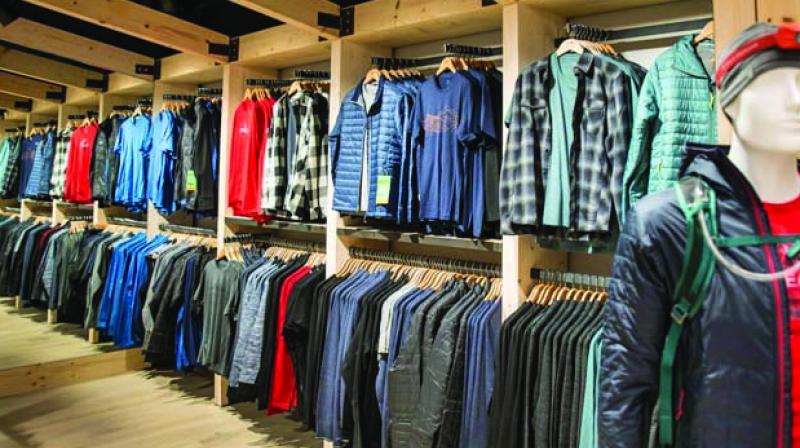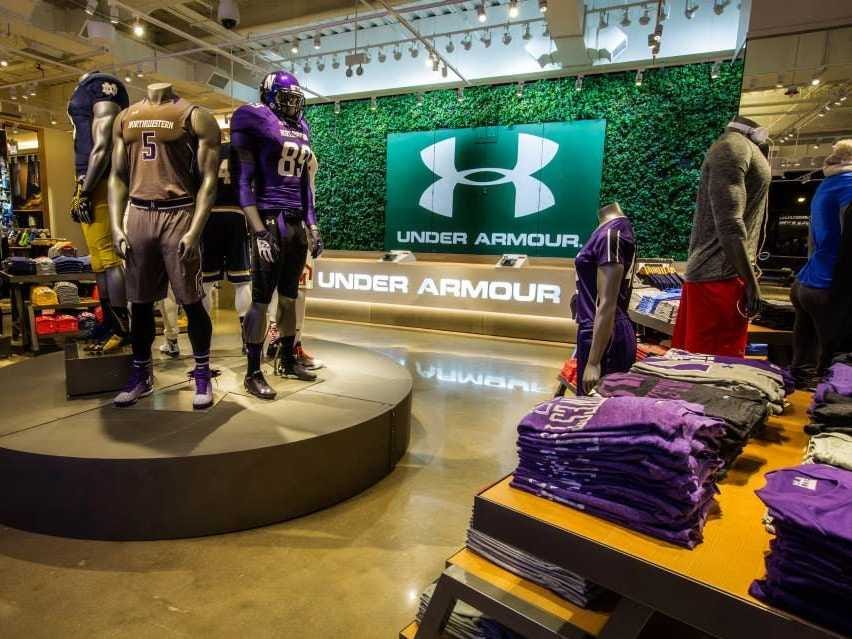Textile and clothing industry
Textile and clothing sector is one of the oldest industries in India. According to the Indian Brand Equity Foundation (IBEF), “The close linkage of the textile industry to agriculture (for raw materials such as cotton) and the ancient culture and traditions of the country in terms of textiles make the Indian textiles sector unique in comparison to the industries of other countries”.
The Indian textile industry is estimated around 108 billion dollar and expected to reach 223 billion dollar by 2021. The industry also employs over 45 million people directly to 60 million people indirectly. The Indian Textile Industry contributes approximately 5 per cent to India’s gross domestic product (GDP), and 14 per cent to overall Index of Industrial Production (IIP). The textile industry is also one of the largest contributor to India’s export with approximately 13.5 percent of total export amounting 42.24 billion dollars
Fashion Companies
Brands like Benetton, Zodiac, Z3, Zara, Vero Moda, Calvin Klein, Diesel and Tommy Hilfiger have experienced good sales growth in the country, while names like Zara, Armani, Forever21 or Uniqlo appeal to the Indian audiences, attracting higher per square foot sales compared to the departmental or hypermarket stores.
On the other hand, Indian companies like the Arvind group, Madura Fashion and Lifestyle, Raymond Apparel, Trent Retail, Reliance Retail and Future Group has launched their own fashion labels.
History:
The textiles and apparel industry is an ancient one; bone needles have been found dating as far back as 30,000 BC. During that time, the majority of clothing was comprised of prepared animal hides, with civilizations weaving together various animal and vegetable fibers to create unique clothes. The industry experienced relatively slow development and a lack of progress until the industrial revolution, when production of textiles and apparel was significantly altered by technology, including the cotton gin and pedal-powered sewing machines. In fact, due to high amounts of labor required in making a piece of fabric, the textile industry was among the first to be mechanized. Since then, there have been many technological advances on the textile side of the industry, which is very heavily dependent on technology, mostly incorporating the use of automation. The apparel side of the industry is still primarily done with human labor (humans operating sewing machines, etc.). This is the primary reason for the allocation of this industry in cheaper labor markets.
Sources:
Deloitte Industry Outlooks
KPMG Industries
EY Industries
PwC Industry Sectors



